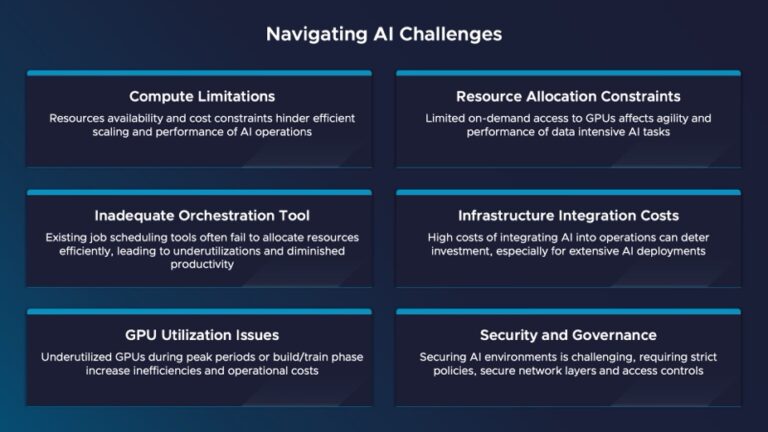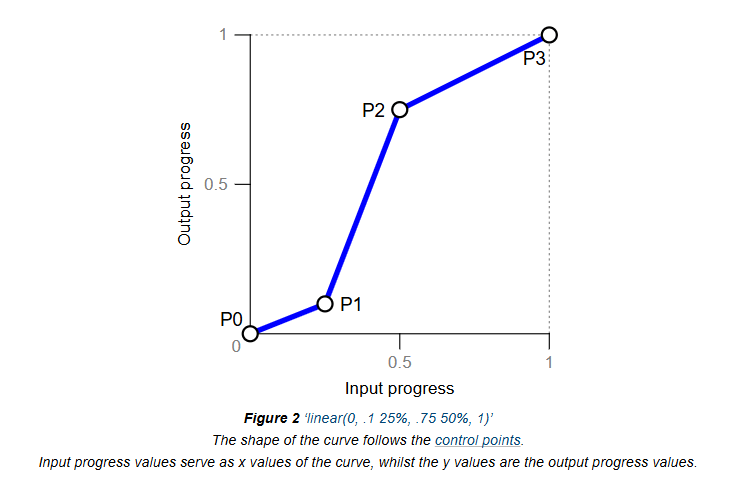In social commerce, attention is currency, and deals are the magnet that attracts and keeps customers.
With shoppers ready to bounce after a couple of bad customer experiences (CX), the brands winning loyalty today are the ones that move fast, show up with value, and speak authentically on the platforms where consumers spend their time and money.
A recent study from customer engagement platform Emplifi reveals how high the stakes are and what it takes for marketers to thrive in the modern marketing landscape. A survey of 1,000 U.S.-based consumers showed that 70% will abandon a brand after just two negative CX episodes. The study uncovered key social marketing issues for brands, including how consumers interact with them on social media and their expectations for product quality and response times.
According to Susan Ganeshan, CMO at Emplifi, the main drivers behind the rise of social commerce are speed, trust, and value. Consumers expect more than a passive browsing experience. They want to discover, evaluate, purchase, and resolve service issues within the same platform.
“Emplifi’s data shows that social media has evolved from just a touchpoint to a critical element of the entire customer journey,” she told the E-Commerce Times.
“Marketing, commerce, and care teams must now break down silos and work together to unify the experience from pre-purchase to post-purchase, ensuring a seamless transition across each phase,” she said.
Ganeshan also noted that consumers increasingly rely on social platforms for more than discovering brands and products. They dive deep into real-time interactions, see proof from lookalike consumers, and take advantage of exclusive deals.
From Discovery to Purchase on Social Media
Social commerce gives consumers the evidence they need to make informed purchasing decisions. Brands that adapt to this reality thrive by creating an integrated, cohesive experience. This, Ganeshan noted, drives loyalty and customer satisfaction over time.

With seven out of 10 shoppers ready to abandon a brand, consistent, positive social media engagement is a business imperative. Every comment, direct message, or customer interaction is a public moment of truth.
“Social media has become the main stage for customer experience, and reputation is always on the line,” Ganeshan said. “What once lived in private conversations now plays out in public feeds.”
Consumer word of mouth online is a powerful force for driving trust. It’s now amplified and visible beyond someone’s personal circle. That means a single poor experience can shape the perception of thousands.
“To protect trust and drive long-term value, brands must pursue proactive, authentic engagement at every touchpoint,” she urged.
Social Commerce Best Practices
Emplifi has a multi-part strategy for brands to win over consumers on social media. The first is prioritizing speed and responsiveness. Social media has become the intersection of content, commerce, and care. According to Emplifi’s research, today’s consumers expect replies within an hour.
“What feels like a minor delay internally can quickly be perceived as neglect externally. It’s not just about fast responses, but thoughtful ones,” Ganeshan clarified.
Second is empathy for shoppers. Automation helps triage incoming messages. But empathy builds trust and turns service moments into loyalty moments.
The third is consistency. Posting only during campaigns limits reach and weakens engagement.
“We advise brands to show up daily with a balanced mix of educational, entertaining, and value-driven content, while actively interacting with their communities,” she offered.
UGC, AI, and the New Social Mindset
Ganeshan added that user-generated content (UGC) is one of the most potent ways to build authenticity and trust. A crucial best practice is more than sharing UGC. It encompasses spotlighting customer stories, tagging creators, and bringing their voices into your brand narrative.
Lastly, marketers must use technology to scale as demand grows. Emplifi also recommends embedding artificial intelligence (AI) and social listening tools to surface sentiment shifts and service gaps early.
“But beyond the tools, the real shift is mindset. Social media is no longer a broadcast platform. It’s a two-way, always-on dialogue,” she said. “The brands that win are those that engage with intention, respond with care, and build meaningful community over time.”
How Social Deals Drive Conversions
Social media attracts shoppers to deals. The most effective promotions in social commerce tap into immediacy, exclusivity, and relevance.
Emplifi’s data shows that 60% of social commerce users purchase because of a discount. This trend spans generations — 80% of baby boomers, 65% of Gen X, 55% of millennials, and 64% of Gen Z follow brands specifically for sales and promotions.
“With rising prices, the demand for deals is intensifying,” Ganeshan observed. “However, successful promotions go beyond offering discounts.”
She added that deals are most potent when tailored to the audience and include a time-sensitive component. The study also found that peer influence helps reinforce a product’s value.
To drive results, brands should utilize tools that help present stories for flash sales, post content to highlight offers, and provide social proof via ratings and user-generated reviews, along with pictures and videos showcasing the products in use.
“These tactics not only prompt purchases but also build anticipation and strengthen brand loyalty over time. The key is balancing transactional moments with meaningful engagement,” Ganeshan explained.
“Consumers aren’t just sticking around for deals. They stay for the value and connection brands deliver beyond the sale.”
Meeting Social Commerce Expectations
Ganeshan stressed that successful social media marketing must offer more than discounts. Consumers are most drawn to authentic, relatable content like behind-the-scenes videos and unscripted moments that give a genuine glimpse into the brand.
“We found that UGC now outperforms traditional influencer content, with 65% of consumers saying they trust it more,” she said.
However, deals remain the top reason consumers follow brands on social media. Entertainment is a close second, reinforcing that content is still king.
One of the most effective ways brands can turn transactional interactions into long-term customer relationships is by offering exclusive perks through social channels, early access to product drops, social-first promotions, or VIP-only live streams, which create a sense of insider status.
“These small, thoughtful gestures go a long way in making customers feel like part of a community,” said Ganeshan.
Some brands create ambassador or referral programs directly within social platforms. This approach empowers loyal fans to become advocates while incentivizing continued engagement.
Using Video To Boost Social Engagement
Ganeshan noted that video remains essential — but the format matters. For instance, baby boomers prefer short clips under 30 seconds. Gen Z is more likely to engage with longer live streams if the content feels compelling.
She also emphasized that educational content is highly engaging. How-to videos, tutorials, and expert tips not only capture attention but also help brands build credibility by offering real value. Interactive features like polls, Q&As, and real-time customer shoutouts create two-way dialogue and strengthen community ties.
The key takeaway from the Emplifi study is that consumers want to hear from brands, but not with a one-size-fits-all approach.
“By using AI and real-time insights, brands can now craft personalized, platform-native content strategies that resonate with their audiences,” Ganeshan said.
She illustrated how experiences such as shopping features on Instagram and TikTok make the path from engagement to purchase seamless. Technology that allows a “create once and use everywhere” approach enables scaling.
Giveaways, polls, and real-time interactions boost visibility, but personalization truly converts. The most innovative brands are already leveraging AI to deliver curated offers and content based on behavior and preferences, making it more likely that engagement leads to purchases.
Prepare for Tomorrow’s Social Commerce Trends
Ganeshan concluded that the future of social commerce is dynamic, immersive, and personalized. Brands should prepare for AI-powered experiences that deliver tailored content and real-time recommendations. Integrated, in-platform checkout will become the standard, streamlining the journey from discovery to purchase.
Preparing for the future isn’t about quick fixes or chasing trends. It is about developing a thoughtful, strategic approach. The most successful social commerce brands show up intentionally, nurture their communities with care, and make purchasing as frictionless as possible.
“There’s no silver bullet in marketing,” she concluded. “Marketing is like a well-oiled engine. Every part, from your brand vision to customer experience, needs to work in sync. When everything aligns, you create a seamless journey that drives real results, whether in B2B or B2C.”






